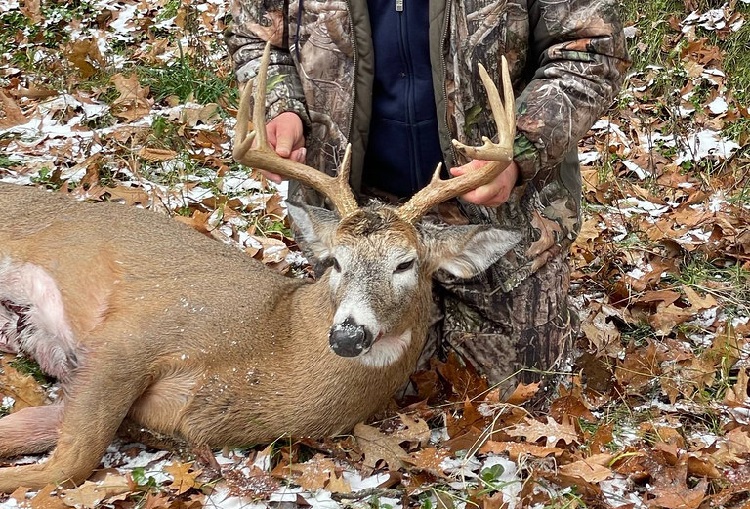I wonder what it is about trophy hunting that gets so many people up in arms?
Is it the trophy hunter killing for sport and pure pleasure using a telescopic lens on their weapon of choice, giving the wild animal in their sights no fighting chance?
Or the practice of canned hunting or baiting, where wild animal species are again lured to their death using methods stacked in the trophy hunter’s favor.
Whichever way you look at it, there is no justification for trophy hunting used to kill wild animals.
Am I biased when it comes to big game hunting? Unfortunately, yes, I am, for I have lived in various parts of Africa, such as Tanzania, Zimbabwe, and South Africa, for many years, where trophy hunting is a big money spinner for game ranches feeding into this barbaric habit.
This article examines trophy hunting and the facts and figures surrounding this sport.
What Is Trophy Hunting?
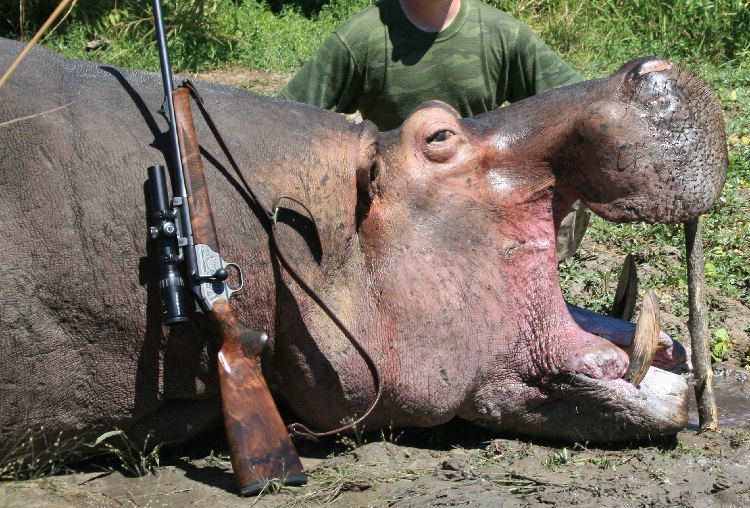
Simply put, trophy hunting is the hunting of wild animals for entertainment. In this day and age, it’s certainly not for food. It’s for fun!
Referred to as a form of hunting for sporting pleasure, a wild animal is selected and then hunted down and killed.
The killed animal is then stuffed (taxidermied), or its body parts, such as the head, tusks, antlers, or hide, are kept as a souvenir for display purposes.
Is It Legal to Kill Endangered Species?
This area is mired in controversy as what constitutes a threatened species in one country may not apply to another.
In short, while the regulations and laws surrounding these species differ from country to county, sadly, most still do not afford adequate protection for these animals, and trophy hunting is very much still happening.
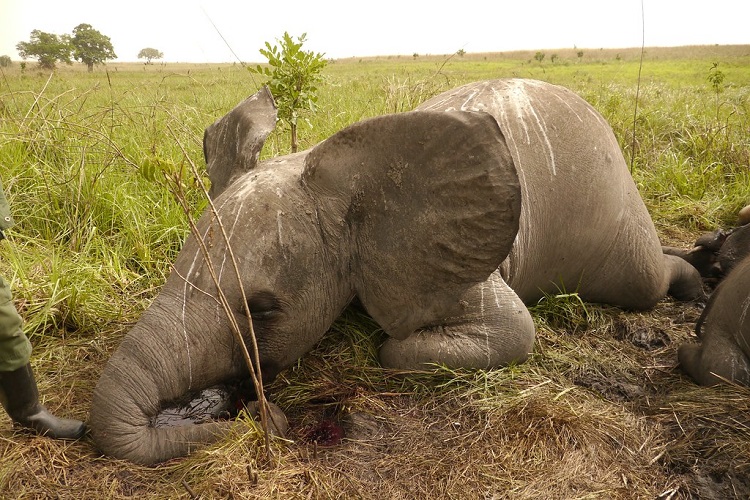
The US government, for example, incidentally has one of the world’s most powerful legal tools for protecting threatened species, the US Endangered Species Act; the African lion is classed as vulnerable species and, therefore, cannot be hunted.
But a hunter from the US can hunt African lions in any of the following African nations: South Africa, Botswana, Namibia, or Zimbabwe, as it is legal in these countries to do so.
However, this same US hunter, while not allowed to hunt African lions in the US, is allowed by the US Fish and Wildlife Service to import the trophy-hunted African lion back into the country.
Indeed many of those countries listed above are party members of the Convention on International Trade in Endangered Species of Wild Flora and Fauna (CITES), which was initiated to protect animals from extinction.
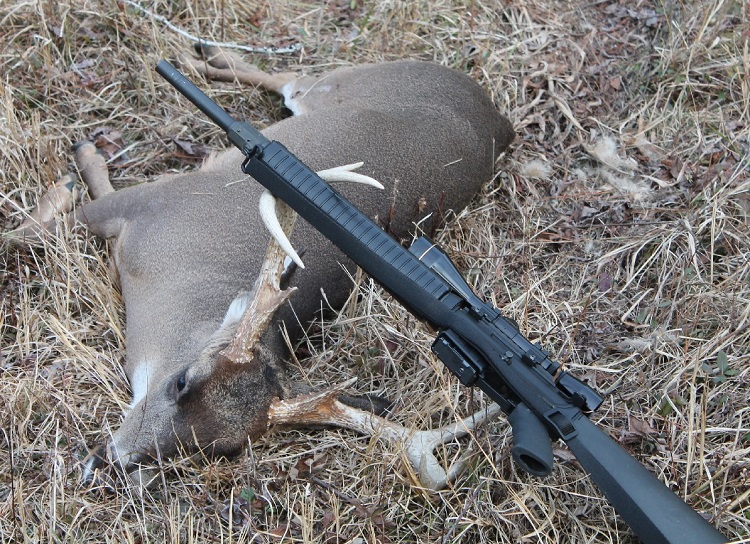
Touted as the cornerstone of international conservation, CITES moderates global wildlife trade law to ensure that trading in wildlife does not threaten their survival.
Yet despite studies showing that the African lion population, for example, has declined by a staggering 42% over the past 21 years, CITES still permits the export of lion trophies from wild and captive sources.
Trophy Hunting Facts
Each year according to the Humane Society of the United States, the US imports 126 000 wildlife hunting trophies, which include Africa’s big five species of elephant, leopard, lion, rhino, and buffalo, and Canada’s moose, cougars, coyotes, and bears.
But it’s not just internationally that trophy hunting is taking place. Currently, 42 states in the US allow for cruel wildlife killing contests, while 32 of the states allow for the trophy hunting of black bears.
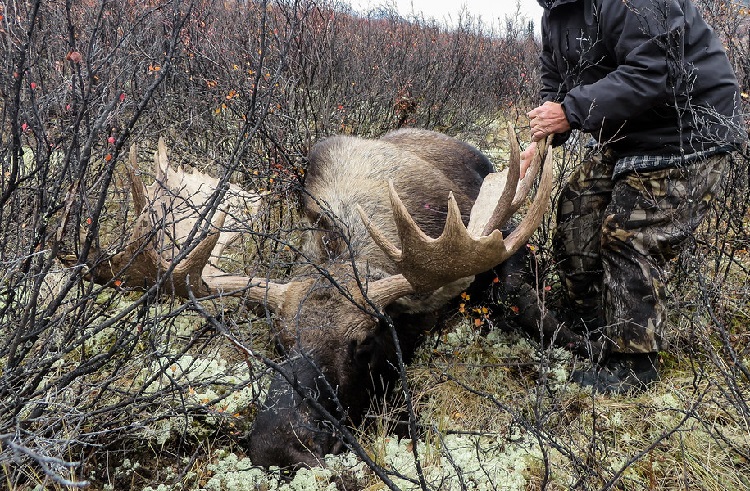
Here are some hard-hitting facts about the trophy hunting industry.
Top Offending Countries
According to figures obtained from The Humane Society for the United States for the period 2014 to 2018, South Africa was ranked second of the ten worst countries for exporting or re-exporting hunting trophies obtained from internationally protected species
Mozambique, Namibia, Zimbabwe, Zambia, Botswana, Tanzania, Mexico, and Argentina, amongst others, also made the list.
But what is the most surprising is that Canada was placed first on the list, exporting a staggering 68% of hunting trophies, which included the likes of American Black Bears and brown bears, amongst others.
More worrying, though, is that some eight thousand of these hunting trophies imported were of species listed as threatened or endangered.
Canned Trophy Hunting
Simply put, canned hunting is a cruel form of trophy hunting, whichever way you look at it.
Animals such as lions, cheetahs, and leopards in South Africa and exotic animals such as zebras, kangaroos, and bongos in Texas, for instance, are offered in canned hunting packages on ranches.
Bred specifically for canned hunting, these captive-bred wild animal species are raised in enclosures and are accustomed to humans.
The enclosures are typically small enough to guarantee that a hunter will find them. There is no escape for the animal, and it’s a guaranteed kill for the hunter.
In fact, there have even been incidences where the animal has been shot while eating the food provided for them.
Trophy Hunting Equals Animal Cruelty
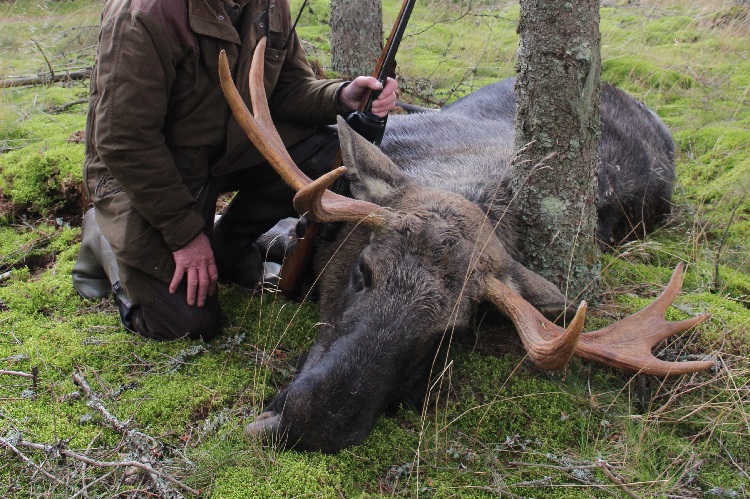
Any form of animal hunting for sport and pleasure is animal cruelty. For many of the animals hunted are sentient beings capable of experiencing positive and negative feelings such as pleasure, pain, and distress.
Yet sadly, hundreds of thousands of wild animal species suffer a cruel and agonizing death at the hands of experienced and, more specifically, inexperienced hunters.
A case in point is Cecil the lion, a much-beloved tourist attraction in the Hwange National Park in Zimbabwe who was being tracked and studied by a research team from Oxford University.
Cecil was enticed out of his protected area and shot at with a crossbow by big game trophy hunter Walter Palmer, an American dentist who had paid $50 000 to kill the lion.
The arrow which mortally wounded Cecil did not kill him outright, and he suffered in agony for many hours until he was killed later in the morning by Palmer.
What’s Wrong with Trophy Hunting, Anyway?
From killing animals already marked as vulnerable to having the odds stacked in a hunter’s favor when an animal has no way of fighting back, big game hunting is a brutal and outdated sport in these times.
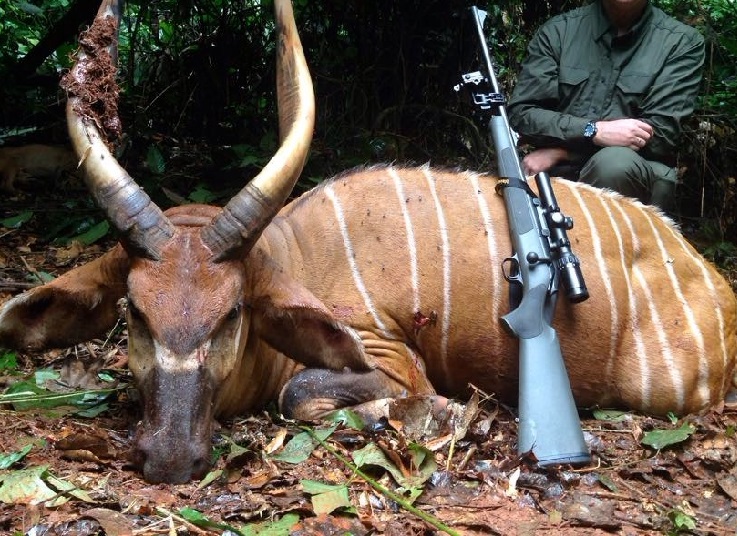
Trophy Hunting Frequently Attacks Certain Species That Are Already Vulnerable
As it is, Cheetahs, African elephants, and lions are already listed as vulnerable by the International Union for Conservation of Wildlife (ICUN), while the African Leopard is listed as near extinction, and the Southern White Rhino is near threatened.
Current estimates put fewer than 20,000 wild African lions, 414 wild elephants, 5,500 black rhinos, and 18,000 white rhinos left in the wild.
Yet despite this, approximately 2,169 African lions, 1,007 African elephants, 1,640 African leopards, and 248 rhino animal trophies were sought out by trophy hunters between 2014 to 2018.
And it is organizations such as the US-based Safari Club International that perpetuate the killing of vulnerable species by way of hunting awards in various categories, such as the Africa Big Five, where a hunter must kill an African elephant, lion, leopard, rhino, and cape buffalo.
Other competitions include Bears of the World, where a hunter has to kill between four and eleven bears to gain recognition, and the World Hunter of the Year award, where a hunter kills more than 300 animals across the globe.
So essentially, trophy hunting adds pressure on endangered and vulnerable species.
The Economic Benefits of Trophy Hunting Are Overstated
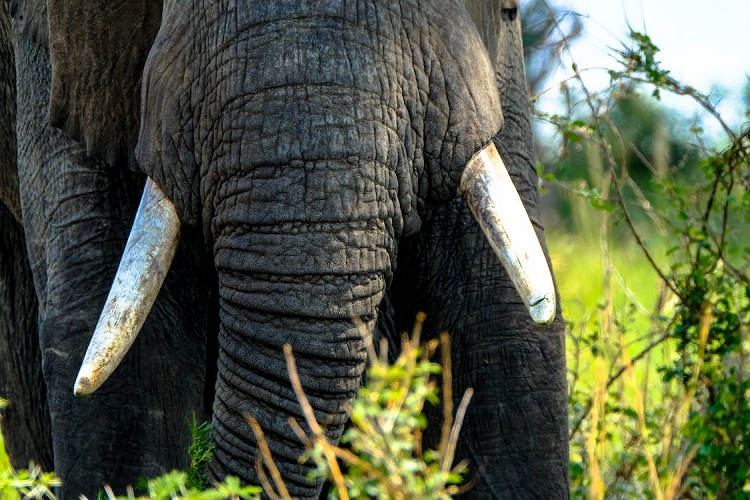
The pro-hunting group Safari Club International claims that trophy hunting contributed an economic benefit of $426 million in eight African countries and has contributed to 53000 jobs.
However, these amounts cited by the organization are grossly overstated in a report by Economists at Large.
In fact, the report not only calls into question the amount cited but believes trophy hunting contributes significantly less to the eight countries’ economies and income, job markets, and conservation funding. We need to counter the misinformation with pragmatic solutions and scientific evidence.
In the analysis, it was found that:
- A more realistic estimate was $132 million per year in economic benefits as opposed to the $426 million stated.
- While the figure of 53,00 claimed for job opportunities was more likely in the range of 15 000 jobs at most.
- Overall, general tourism in the eight countries in question contributes around 2.8% and 5.1% to the respective countries’ economies.
- At most, the total economic contribution by trophy hunters is 0.03%, with them making up less than one percent of tourists
Simply put, the adjusted figures point to trophy hunting contributing less than one percent in economic contribution and job opportunities.
Trophy Hunting May Result in More Cruel Acts
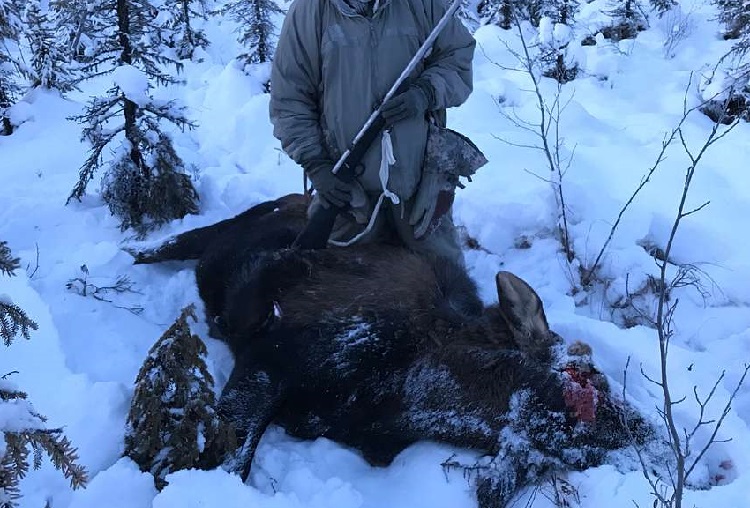
While most people are aware of Animal Cruelty Statistics concerning domestic animals, no records are kept of the other cruel practices taking place on wild animals in trophy hunting.
In addition to canned hunting, these big game hunters are not averse to using unsporting and cruel methods.
One technique is bear baiting which involves intensive feeding of bears normally weeks in advance of a hunting season as they go into hyperphagia, a feeding frenzy to gain weight before going into hibernation.
The bears associate the food left out with humans making it easier for big game hunters to kill them.
Another method is wildlife killing contests, where hunters compete to kill the largest or most animals in a specific period. Animals targeted in these contests are usually prairie dogs, coyotes, mountain lions, and wolves.
Trophy Hunting Is Elitist
Big game hunting comes at a price. For that is the price the trophy hunter is prepared to end an innocent animal’s life.
A quick internet search reveals many trophy hunting packages on offer, such as a 15-day lion hunting in Zimbabwe, all in using a rifle black powder bow for close to $72 000 in Matetsi. Or, for leopards using baited methods in Namibia, hunters pay $30,000.
The list is long and exhaustive, with many sites punting the challenge of taking down magnificent beasts as a magical moment that is on the top of every hunter’s wishlist.
So yes, with this price tag, trophy hunting is more of an elitist hobby for those willing to pay hefty fees to kill an animal for recreational purposes.
Trophy Hunting Can Be Linked to Poaching
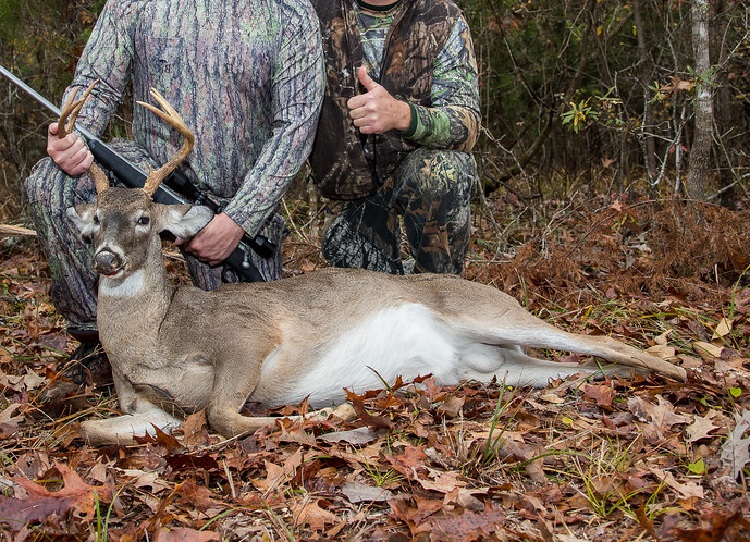
Poaching is the illegal killing of animals without legal permission from the land owner, while trophy hunting is the legally granted right to hunt on land.
But the lines can blur between the two.
Poaching and trophy hunting are both multi-billion dollar wildlife part trafficking industries.
And if a trophy hunter is seeking a particular animal to add to his kill list, which he is struggling to secure, the black market will surely rise to meet this demand. The trophy hunting effects on lion and leopard populations are heart-wrenching!
Trophy hunting empowers poachers who can claim they are scouting for a trophy-hunting client and thereby gain access to protected areas.
Benefits and Drawbacks of Trophy Hunting
This topic, often mired in controversy, is very much open to debate.
Proponents of the benefits of trophy hunting claim that trophy hunting has economic benefits and employment opportunities for the local community, such as:
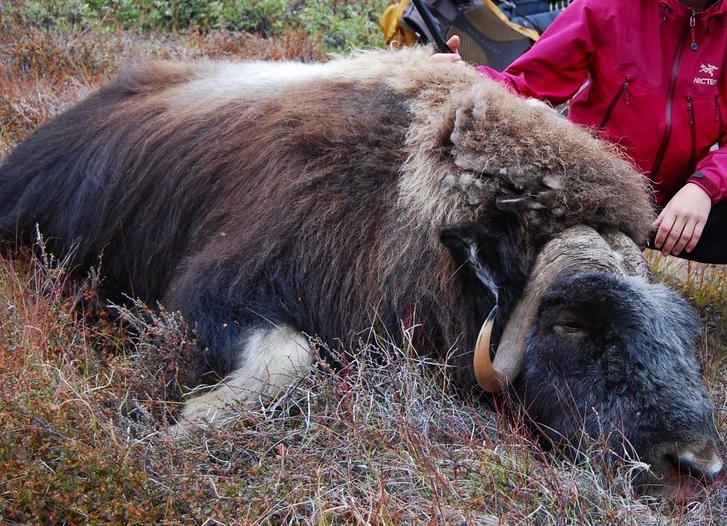
- Trophy hunts benefit wildlife conservation efforts as the money generated is plowed back into funding wildlife conservation.
- Trophy hunting is effective for overall population control and contributes to the natural ecosystem of wildlife habitats as big game hunters remove elderly animals that are past their prime or problematic.
However, the sad reality is that most of these touted benefits come with drawbacks, such as:
- Very little money generated by trophy hunts goes back into wildlife conservation efforts.
- And big game hunters tend to covet specific animals, which will make for good trophies, and do not target elderly animals past their prime.
A prime example is the killing of a bull elephant over 35. Many don’t know that a male elephant is the dominant breeder of a population around 40 to 50 years of age. Removing the bull thus harms the overall elephant population in the area.
Trophy Hunting Has a Significant American Contribution.
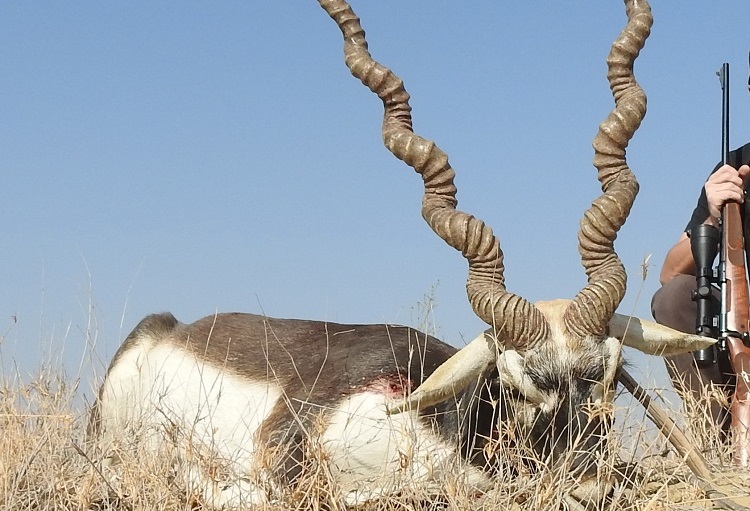
Despite public opinion polls in the US showing that most of the US public does not support trophy hunting, a staggering 75% of global trophy hunting imports were made by the US.
This equates to 72,617 trophies imported into the country between 2014 to 2018.
Additional statistics during this time also indicate that the US was the largest importer of trophy animals from South Africa at 54% or 11,437 trophies, while big game hunters from Spain, Russia, Canada, Mexico, Germany, Sweden, Hungry, France, and Denmark made up the remaining numbers.
Sadly, almost 32% of these trophies were obtained from captive animals.
What Are the Regulations Around Trophy Hunting?
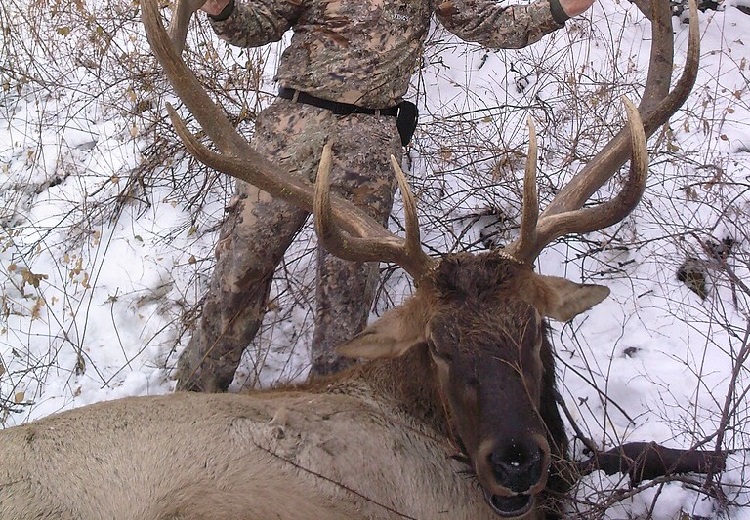
In the US, for instance, the Obama administration banned trophy animal imports from some African countries when the International Union for the Conservation of Nature listed lions and elephants as vulnerable
However, some of these same policies were reversed under later administrations, with the US Fish and Wildlife Service allowing for the import of six elephant trophies into the US from Zimbabwe in 2022.
And this is despite the Trump administration putting a hold on elephant trophy import permits in 2017.
In fact, some European countries such as France, Belgium, Finland, and the Netherlands have implemented bans on importing various endangered and vulnerable species, such as the African lion.
The UK, as part of its international conservation, is in the process of banning hunting trophy imports for many species. Yet is this enough to deter big game hunters?
Animal rights activists and animal protection organizations disagree and say that only a complete ban on importing trophies by countries worldwide will contribute as a deterrent to big game hunters.
Easy Ways to Help the Planet
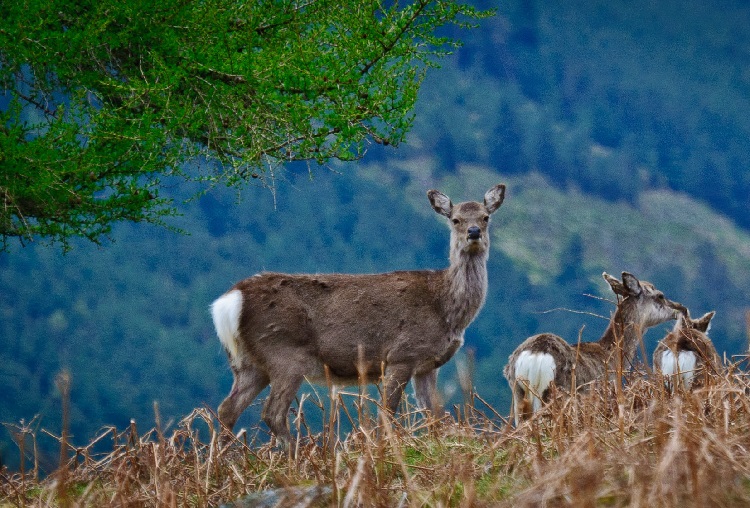
So how can we help protect our planet to ensure our future generations will still get to see much of the wildlife that is currently listed as vulnerable today?
From contributing to wildlife habitat protection by adopting an animal or giving monetary donations to signing petitions banning trophy hunting. All conservation efforts, no matter how small, are a step forward to helping our planet, with some of the easiest ways being:
- Contribute to habitat protection
- Eat less meat
- Support conservation groups and independent media
- Sign a petition, and
- Stay informed
Conclusion
Whether for or against trophy hunting in arguments, the figures and statistics presented by well-respected animal foundations and organizations paint a very bleak picture of this poorly regulated industry.
Quite simply, trophy hunting is a sport that results in the unnecessary killing of wild animals for recreational purposes only.
It involves unnecessary suffering and death on the part of the animal and is a poor excuse for conservation by trophy hunters. After all, there can be less destructive ways to conserve an animal that doesn’t involve putting a price on its head.
Because why, after all, would a person kill an animal they supposedly want to protect?
As shown, this sport of the wealthy contributes very little to the economies of the countries where big game hunting is taking place to serve the interest of those few who currently have control of the system.
And unfortunately, until those in power ban trophy hunting and importing trophies, many vulnerable animals that should remain in the wild will end up on a wall, and their numbers will keep declining.
The time is now to absolutely end trophy hunting!


